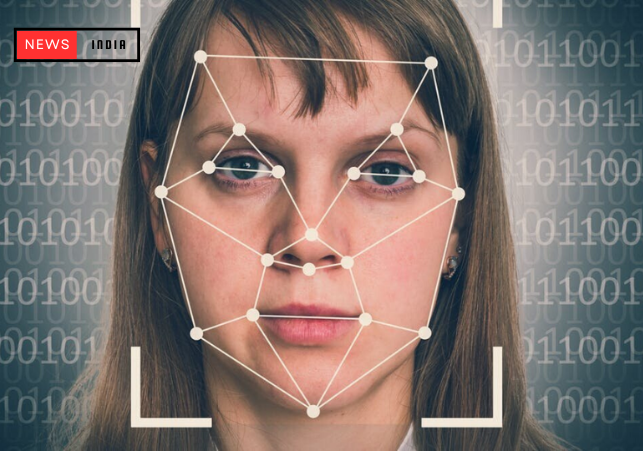

The Rise of Deepfakes: Implications for Society
Deepfake videos are a form of synthetic media where a person's likeness or voice is manipulated using artificial intelligence (AI) and machine learning techniques. These videos can convincingly depict individuals saying or doing things that they never actually did.
Here's how deep fake videos work:
Data Collection: The process begins with collecting a large dataset of images or videos of the target individual. This dataset is used to train the AI model.
Training the AI Model: Machine learning algorithms analyze the collected data to learn and mimic the target's facial expressions, gestures, and voice patterns. The model learns to generate new images or videos that resemble the target.
Face Swapping: In video deepfakes, the AI model swaps the target's face with another person's face in real time. This involves mapping the facial features from the source video onto the target's face in the destination video.
Fine-Tuning: The deepfake creator may fine-tune the generated video to enhance realism, adjust facial expressions, or synchronize lip movements with the audio.
Audio Manipulation: In addition to video, deepfake technology can also manipulate audio to mimic the target's voice. This involves training AI models on voice samples to generate speech that sounds like the target individual.
Deepfake videos pose significant challenges as they can be used to spread misinformation, fake news, or to manipulate public opinion. It's essential to raise awareness about the existence of deepfake technology and develop countermeasures to detect and mitigate its harmful effects.
Deepfake videos are a product of AI (Artificial Intelligence) and machine learning technologies, allowing individuals to manipulate images, videos, and audio with unprecedented realism. This technology has both positive and negative implications. While AI has facilitated numerous tasks, deepfakes have raised concerns due to their potential for misuse, including impersonation and spreading misinformation. Even public figures like celebrities and politicians have fallen victim to deepfake videos.
So, what exactly is a deepfake video? It involves creating synthetic videos or audio using AI algorithms. Through deep learning techniques, AI can generate lifelike replicas of people, often indistinguishable from reality. Essentially, deepfake technology enables the cloning of voices and facial expressions with remarkable accuracy, making it an advanced form of morph video.
Governments worldwide have taken measures to address the threat posed by deepfake videos. Strict regulations are in place, and individuals found guilty of creating or disseminating deepfakes may face severe consequences, including imprisonment for up to three years.
Detecting deepfake videos requires careful observation. Here are some tips:
1. Pay attention to movements: Deepfake videos may exhibit unnatural movements or behaviours compared to genuine footage.
2. Examine facial expressions closely: Look for inconsistencies or unusual expressions that are not typical of the person being depicted.
3. Focus on eye movements: In fake videos, blinking patterns may be erratic or nonexistent.
4. Listen to the voice: If you're familiar with the individual's speaking style, discrepancies in the voice or speech pattern may indicate a deepfake.
5. Zoom in on facial features: Artificially added elements like beards, moustaches, eyebrows, or hair may appear unnatural upon close inspection.
6. Check lip sync: Ensure that the lip movements match the spoken words accurately, as discrepancies may indicate manipulation.
By being vigilant and employing these techniques, individuals can better discern deepfake videos and mitigate their harmful effects on society.